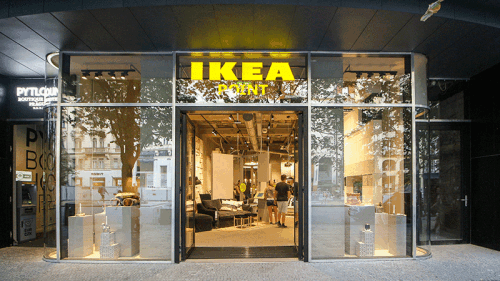As the nation’s commercial real estate markets begin to recover from the Great Recession, private equity investors are increasingly getting back in the game of providing capital, but on a selective basis. And while a great deal of equity capital is chasing core and trophy assets in the primary markets, small to mid-sized operators in secondary and tertiary markets who can craft a salable value proposition are beginning to also see funding matches.
The first step to accessing institutional capital is often through a single-asset joint venture (JV). Jeff Brown, an attorney from King and Spalding, an Atlanta, Georgia—based law firm,explained that the key terms to be negotiated in any joint venture agreement include the following: capital contributions, cash flow distributions, preferred returns, promotes, fees, governance, guarantees, holding periods, and exit strategies. The timeline for establishing and funding a joint venture varies considerably from just a few weeks in special cases to the more typical six to nine months. Ward explained the timeline of the equity-raising process in detail and stated that the process includes the following steps: initially outlining the objectives, preparing the market material, premarketing and formal marketing, investor due diligence, proposals, negotiations, and, finally, funding.
As real estate owner/operators begin to establish a track record with institutional investors, strategic or programmatic JVs are often employed to allow for a steadier stream of capital to fund more projects over time. For the most experienced operators with long and solid track records, raising large amounts of equity capital through commingled funds becomes an option. The commingled fund is a pooled investment vehicle with a defined investment strategy (such as acquisition of core assets in particular markets). These funds are typically structured as limited partnerships or limited liability corporations with fixed terms of seven to ten years. These funds provide large amounts of capital and a greater amount of investment discretion for the operator. But even if the operator is not ready for the commingled fund option, commingled funds of other sponsors may be a source of equity capital for funding operator projects.
Starting from the foundation of determining the cost of equity in an unleveraged structure (i.e., an all-equity investment without debt), the relationship between leverage and the cost of equity can then be determined. The cost of leveraged equity is a function of the risk premium on the unleveraged investment, calculated as the difference between the cost of unleveraged equity and the cost of mortgage debt, and the amount of leverage used as measured by the leverage ratio. The leverage ratio is related to the loan-to-value ratio and is calculated as the ratio of the value of the property to the amount of equity investment. It was shown that required equity returns in the mid to high teens and higher are driven by a combination of riskier investment strategies and/or the presence of leverage in the capital structure.
While most investors measure return performance by calculating the investment’s internal rate of return (IRR), others often focus on the return multiple. The return multiple is simply calculated as the total cash flow received from the investment divided by the total money invested. This calculation ignores the time value of money, but is often used as a simple rule of thumb in the evaluation of investment performance. The multiple needs to be higher for those investments with higher risk, whether from investment strategy and/or leverage, or for investments of greater duration. Many private equity investors look for multiples in the 1.5-to-3 range for typical real estate investments with moderate leverage, but they can require much higher multiples for riskier, higher-leveraged, and/or very long-term investments.
There are varied structures for distributing cash flows to equity investors. Cash flows are almost always allocated differently across the capital investor and the owner/operator/sponsor. In the typical arrangement after the return of capital, the return on capital provides that investor partner(s) first receive a preferred return. After the preferred return hurdle(s) is met, then the sponsor receives a promote or “carried interest” where the sponsor receives a percentage of the cash flow in excess of their percentage of total equity invested in the deal.
This article comes from the ULI Center on Capital Markets and Real Estate‘s workshop entitled, “Private Equity Capital for Commercial Real Estate: Understanding and Navigating the Options.”




